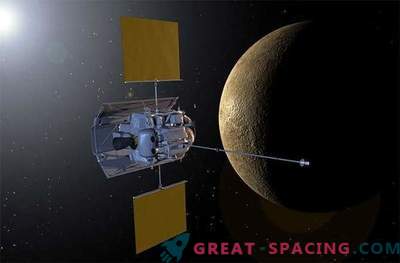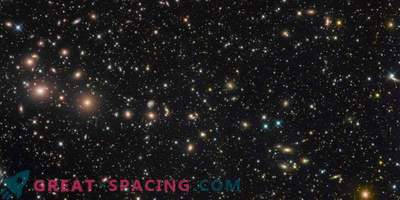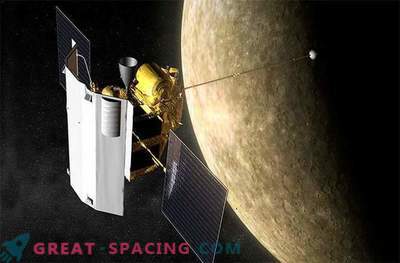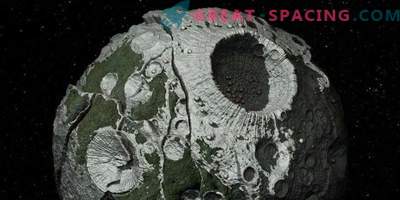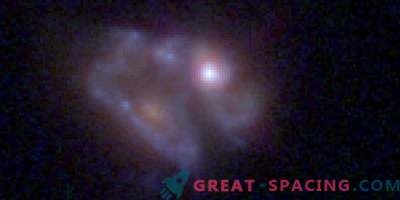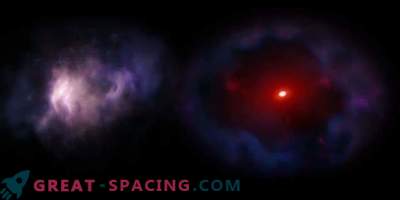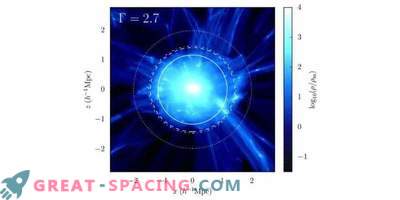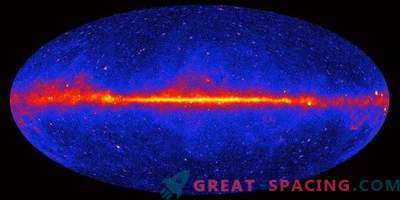
An automatic probe orbiting Mercury discovered the presence of magnetism on rocks on the surface, and this proves the fact that the planet has not completely cooled down and its core, consisting of liquid metal, has equipped the surface with a magnetic field of about 3, 8 billion years backwards
Last week, the probe's four-year mission. The Messenger on Mercury was completed when, as a result of the exhaustion of the fuel supply, it crashed to the surface of the planet. But a few months before his death, Messenger still managed to give the specialists a valuable farewell gift: unprecedented photographs of the planet taken from the closest distance and information about its internal state.
Mercury, located only 36 million miles from the Sun (for comparison, the Earth is located at a distance of 93 million miles), turned out to be quite a peculiar world. It is both incredibly cold and really hot at the same time, and Mercury, the only one in the Solar System besides the Earth, has a magnetic field created by the constant movement of molten metal in the core of the planet.
The pictures taken by Messenger from the closest distance, allowed scientists to catch a high level of magnetism on the surface of the planet. Based on the large number of craters formed due to cosmic collisions, we can conclude that the magnetic field of the planet is from 3.7 to 3, 9 billion years. Counting craters on the surface is a common method for determining the age of a planet’s surface ball. These discoveries led to the claim that the magnetic field of Mercury was formed about 700 million years after the birth of the planet itself. However, scientists can not yet unequivocally state whether it was present there constantly.
“The most logical thing is that the magnetic field has been formed and has been present there continuously for many billions of years and has survived to this day. It would be extremely strange if it appeared and disappeared from time to time, ”says Katherine Johnson, a senior researcher at the Messenger project, a geophysicist at the University of British Columbia in the city of Vancouver.
“Detecting the magnetic field of Mercury at such an early stage of the planet’s birth gives important clues about how and when it was formed around its core of liquid metal,” said leading messenger mission scientist Sean Solomon of Columbia University in New York.



